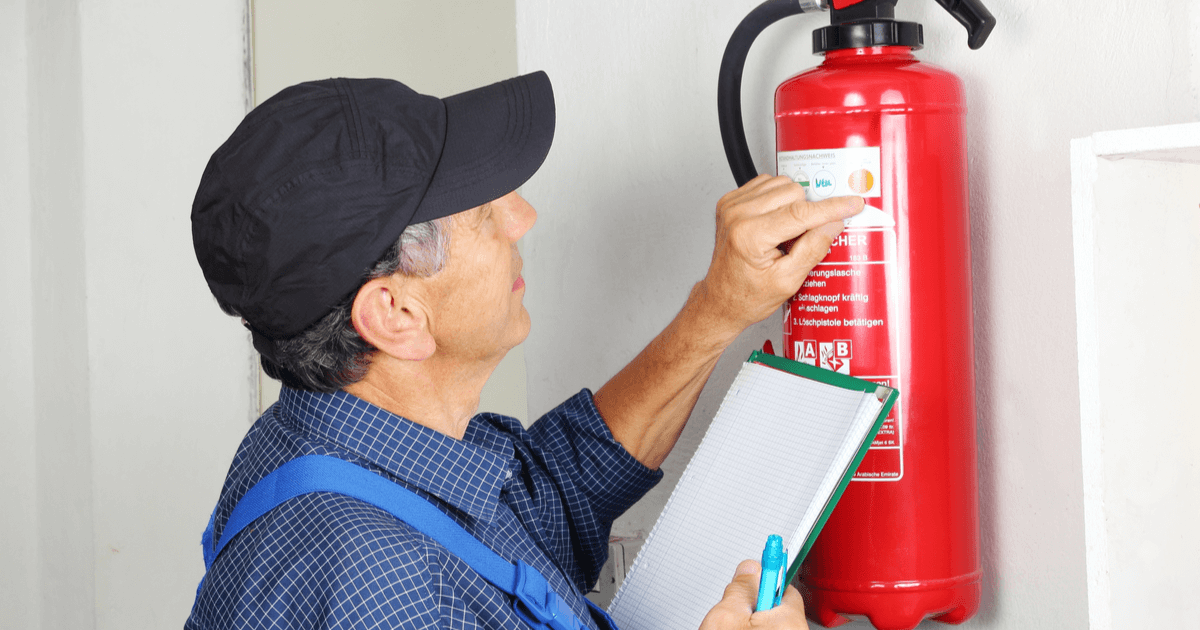
Every October, the National Fire Protection Association (NFPA) hosts Fire Prevention Week to raise awareness about safety and fire prevention.
There are a number of steps to take to prevent a fire and plan in case a fire does break out in a home. Seconds count in a fire, so knowing what to do can be critical to getting out of a burning structure safely.
Save Money by Comparing Insurance Quotes
Compare Free Insurance Quotes Instantly
Secured with SHA-256 Encryption
Steps to prevent a fire in your home
- Don’t overload power outlets.
Be safe in the kitchen, that is where approximately half of all house fires start.
- Turn handles of pots and pans in and away from the front edge of the stovetop, so that they are not easy to knock off.
- Keep loose clothing, large sleeves, scarves, and ties away from heating elements.
- Stay with food when cooking, especially on the stovetop.
- Never leave oil or other fats on heat unattended — they can reach flammable points quickly.
- Know the rules behind how to extinguish different types of cooking fires — for example, never throw water on a grease fire.
Have smoke detectors throughout your home.
- Test smoke detectors regularly; once a month is recommended. The NFPA reports that three of every five home fire deaths occur in homes that either did not have smoke detectors, or failed to have smoke detectors that worked, usually due to old or missing batteries.
- Change batteries in smoke detectors once a year — a good rule of thumb is to change batteries when the clocks are turned back to Standard time.
- Smoke detectors can deteriorate over time. Typically, there is a manufacturing date stamped on them. Check the care instructions that came with your detectors to see when the manufacturer recommends replacement. Every ten years is recommended.
Have fire extinguishers in your home too. Make note of the expiration date — yes, they expire! — and make note of the classification. Extinguishers are classified for different types of fires: A for is for “ordinary combustibles,” like wood and paper, B is for oil and gas (this is most likely what you want to have in the kitchen, since most kitchen fires are grease fires), and C is for electrical fires.
Clean dryer vents regularly.
A plan to escape from a fire
- Develop a home escape plan, and practice it. The NFPA recommends practicing twice a year, once during the day, and one time at night. While only one of five house fires are reported between the hours of 11 p.m. and 7 a.m., this time period accounts for half of all deaths caused by house fires.
- Identify two potential escape routes in every room. Upper floors should have ladders available and close by.
- Look at your furniture placement with an eye towards the need to escape your home. Are any windows or doors blocked by large, heavy pieces of furniture?
- Determine a family meeting point outside the house.
- Make sure that your house number is clear and readily visible to emergency services.
Cooler months and the holiday season typically see an increase in house fires. The second biggest cause of house fires (behind cooking equipment) are home heating items. Fireplaces, wood stoves, and space heaters are prime contributors to house fires. Typically, these fires are caused by flammable items placed too close to heating elements or by soot buildup (in chimneys). Holiday decor, including decorative light strands and candles, also can cause fires.
The best way to keep your home and family safe is to take steps to reduce the risk of fire, and to practice what to do in case there is a fire.
Save Money by Comparing Insurance Quotes
Compare Free Insurance Quotes Instantly
Secured with SHA-256 Encryption
Image source: riopatuca/ shutterstock.com
The content on this site is offered only as a public service to the web community and does not constitute solicitation or provision of legal advice. This site should not be used as a substitute for obtaining legal advice from an insurance company or an attorney licensed or authorized to practice in your jurisdiction. You should always consult a suitably qualified attorney regarding any specific legal problem or matter. The comments and opinions expressed on this site are of the individual author and may not reflect the opinions of the insurance company or any individual attorney.







